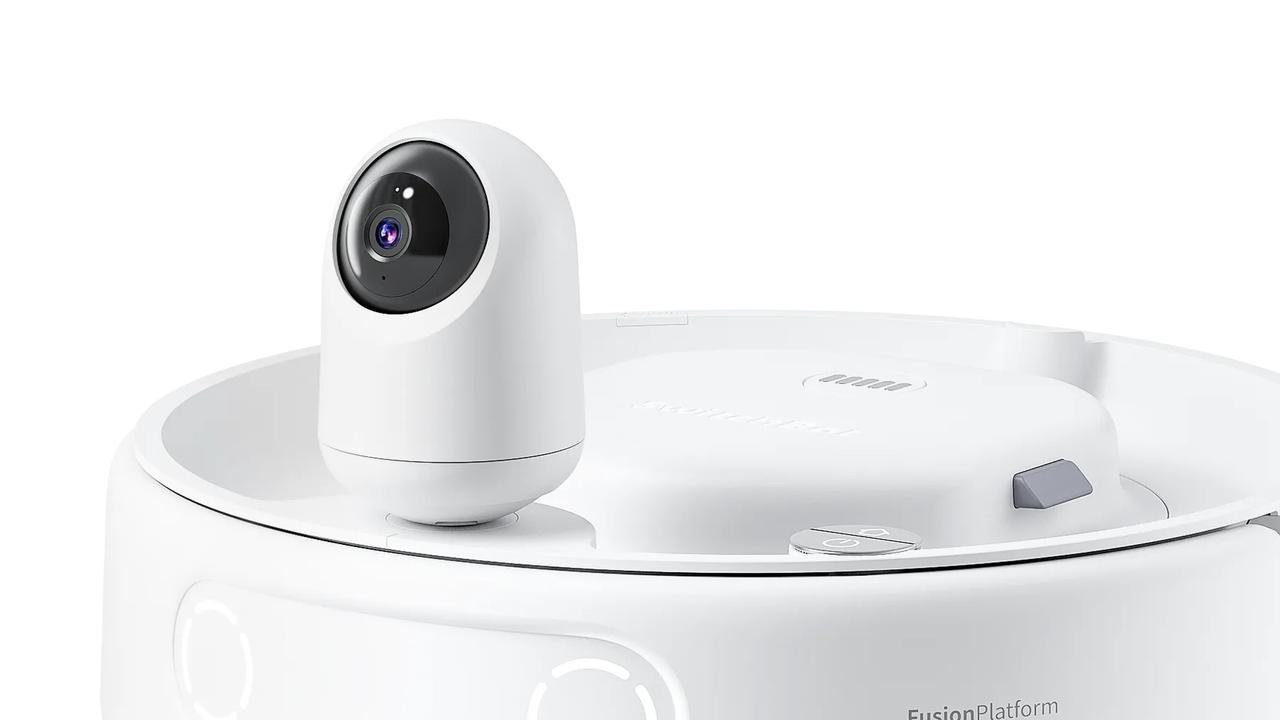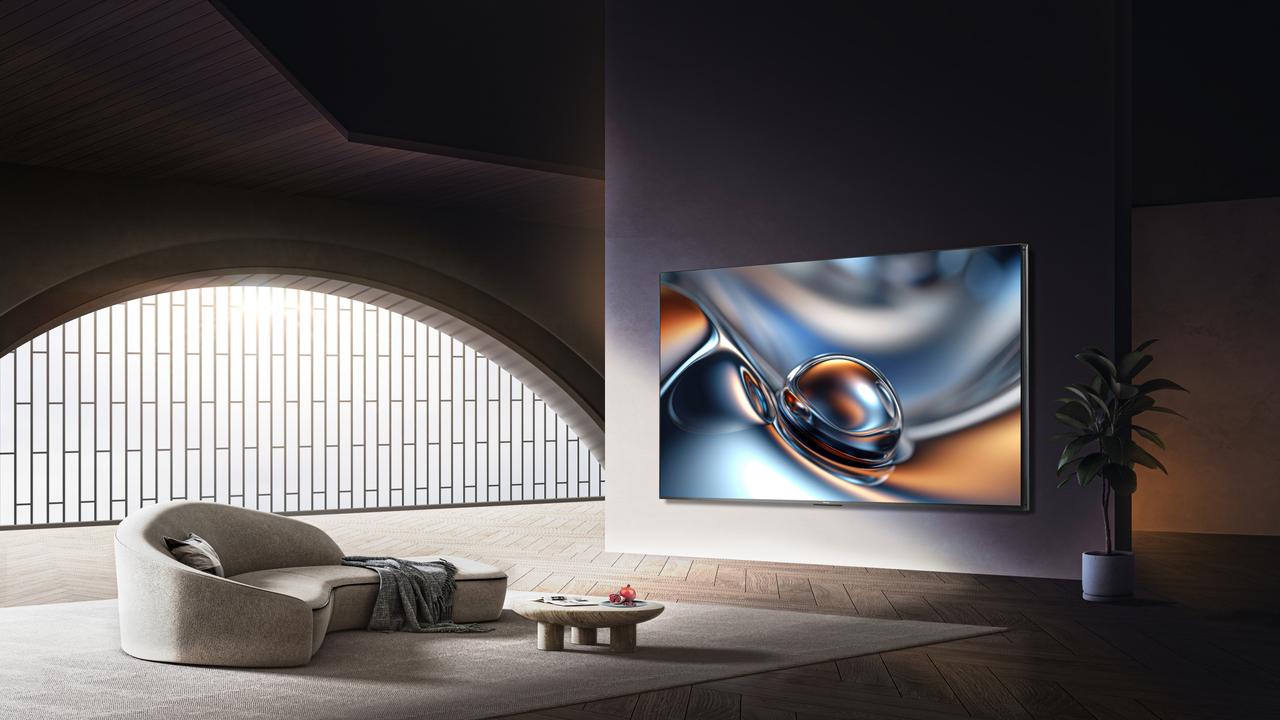Review: Oppo takes on Apple, Samsung premium handsets with the Find X3 Pro 5G
The new Oppo Find X3 Pro is priced to take on the iPhone 12 and Samsung Galaxy S21 5G but is it better?
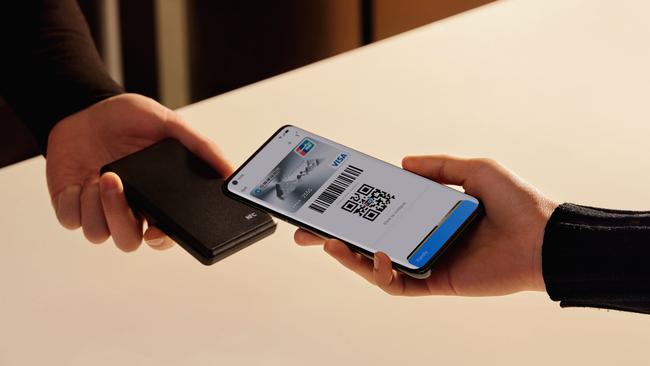
Oppo’s Find X3 Pro 5G aims to be a serious contender in the premium Australian phone market. Oppo is number three for unit sales and the top Find X3 Pro model has been specced and priced to compete with the iPhone 12 and Samsung Galaxy X21.
There are three handsets in the range, the Find X3 Pro 5G, Find X3 Neo 5G and Find X3 Lite 5G.
All three come to market this week, on Thursday April 1. You’ll pay $1699 for the Pro version which is the same price as the iPhone 12 with 128Gb of storage, and $100 more than the Samsung Galaxy S21 Ultra 5G.
Given Oppo is competing against the best in the market, the bar for assessing the top end Find X3 Pro is set high.
I have been trialling this phone and there’s lots I like about it. It’s tall (163cm) yet narrow (74cm) and offers plenty of screen real estate. It’s narrowness makes it easier to hold. The phone is built on an aluminium frame with a glass front (Gorilla Glass 5), glass back and sloping edges.
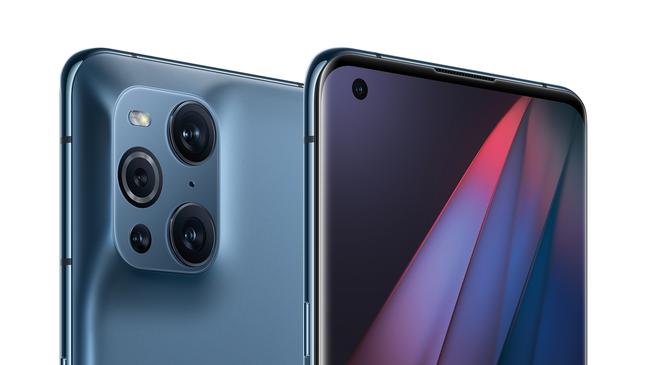
The four lens camera system on the back protrudes but the back edge of the bump housing it is more of a gentle slope rather than a slab found on rivals. The back is shiny and although it looks good, it attracts fingerprints easily.
The phone offers fingerprint and face authentication. You press your finger on the screen where the electronic fingerprint appears and recognition is fast. Fingerprint unlocking became my preferred authentication method, especially in this era of mask wearing.
It took the phone an instant to enrol my face. The process was very fast. You then gently flick upward to unlock the screen and it did that in an instant too.
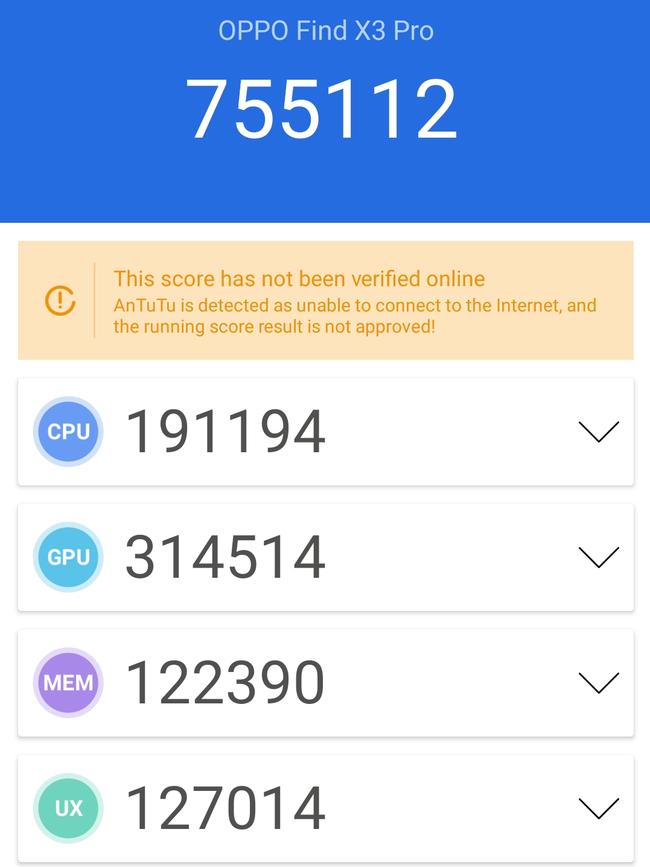
The Pro has a 6.7-inch LPTO AMOLED screen which is sharp. LPTO is technology that’s designed to reduce the screen’s power consumption by up to 20 per cent and that should translate to longer battery life.
At 500 nits the screen is bright enough, but not as bright as the Samsung Galaxy S21 Ultra 5TG screen which is a whopping 1500 nits. The screen has 2048x1080 pixels which is between 2K and 4K resolution. It’s as sharp as you’d need on a smartphone, and is HDR10+ certified.
The fast 120Hz screen refresh rate means it is suitable for games.
The phone has a double-sided SIM tray that fits a nanoSIM on either side. You get 256GB of internal storage and 12GB RAM. There’s no option to plug in a microSD card to augment storage and no 3.5mm audio port, which is sadly typical of high end smartphones generally.
There’s fast charging, fast wireless charging and reverse wireless charging that lets you use the phone to charge compatible devices.
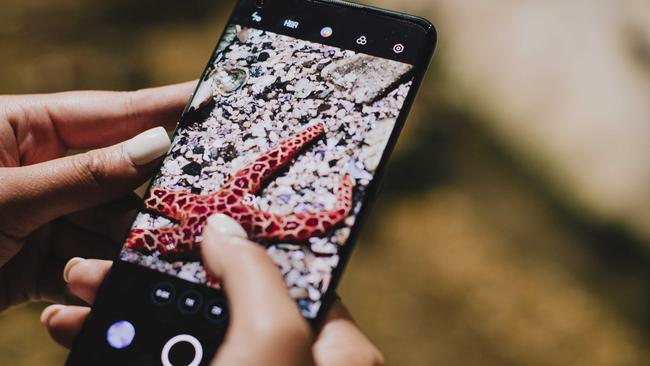
Oppo was among the first companies to introduce fast charging which it did with its VOOC charging system in 2014. This phone has an upgraded version, SuperVOOC 2.0.
The phone has USB-C Power Delivery which means it can be charged much faster than with 5 watt charging.
You get Wi-Fi 6e or 6Ghz Wi-Fi which takes Wi-Fi beyond the usual 2.4GHz and 5GHz and offers a broader range of channels for connecting online at 6GHz. Using this frequency will require approval by the Australian Communications and Media Authority but Oppo is being futuristic by offering it now.
The phone is IP68 dust and water resistant. According to that rating, it can survive in 1.5 metre clean water for 30 minutes.
There are three particular areas that make and break a good smartphone: battery life, performance and of course the camera system.
Battery life proved excellent. Running our usual test of playing HD video continuous at 50 per cent brightness, the phone lasted 20 hours 36 minutes on a single charge.
(Click on all the photos below to enlarge them.)
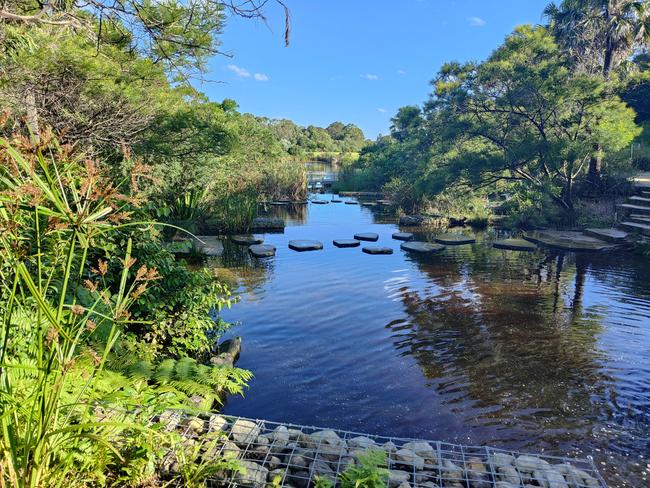

That’s significantly more time than a flight from Sydney to Los Angeles.
I ran the AnTuTu benchmark on this phone and it scored 755,512 which currently puts it at the top of the tree in terms of overall smartphone performance. We’re seeing great performance from the Qualcomm Snapdragon 888 processor on this and several other phones.
The 888 is capable of feats such as capturing streams from three camera lenses simultaneously at 2.7 Gigapixels per second. Qualcomm says its chip set can capture three photos at the same time, each at 28 megapixels per second.
Screen operation is very fast. Moving between menus is very fast. The phone runs Oppo’s slightly augmented version of Android 11 called ColorOS 11.2 and it doesn’t add sluggishness to operation.

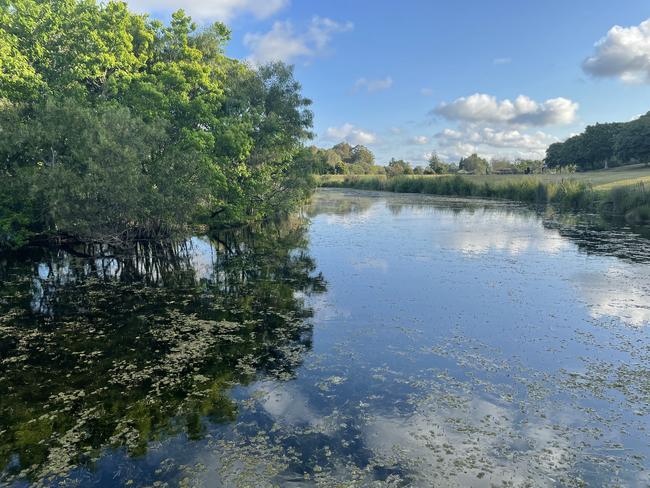
ColorOS adds features not in standard Android such as a three-finger swipe to translate text captured in a screenshot, and an immersive gaming mode that blocks distractive incoming calls and some social media posts to keep you focused on the action.
You can create your own wallpapers, ringtones and artwork for the always-on display.
The pièce de résistance for many is the camera system and on paper, Oppo’s looks appealing: 50MP wide and ultrawide lenses, a 13MP telephoto lens with 2X optical zoom, and 3MP macro lens.
The wide angle lens has a f/1.8 aperture that is geared to low light photography.
You can shoot 4K video at 30 and 60 frames per second. You get a wider colour range with 10-bit video.
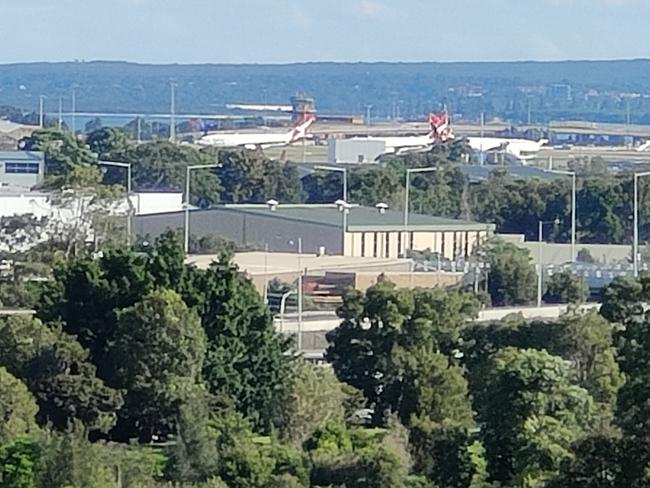
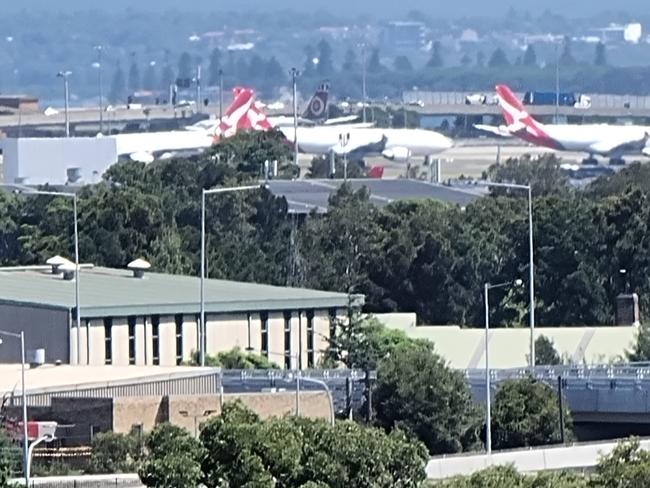
I took test photos and some of the photos were excellent, with sharp quality and subtle colouring especially in good daylight, but some landscape photos were a bit over-saturated, especially when the AI setting is invoked. Getting AI precisely right is something Oppo needs to spend some time on.
While 2x optical zoom looks good in decent light, hybrid zoom at 10x isn’t as clear as with the S21 which manages to offer it at higher resolution.
Night shots were acceptable using the night setting, but Samsung’s photos show more detail. However, you could argue that the Find X3 shoots a more natural nightscape rather than a night-time representation of daytime.
Among the ‘more’ options, there’s a movie menu item that takes attractive, wide angle video of excellent quality, and a dual-view video mode that takes vision using both the front and rear lenses simultaneously. This is great if you want to interview someone standing in front of you and simulate a two-camera shoot.
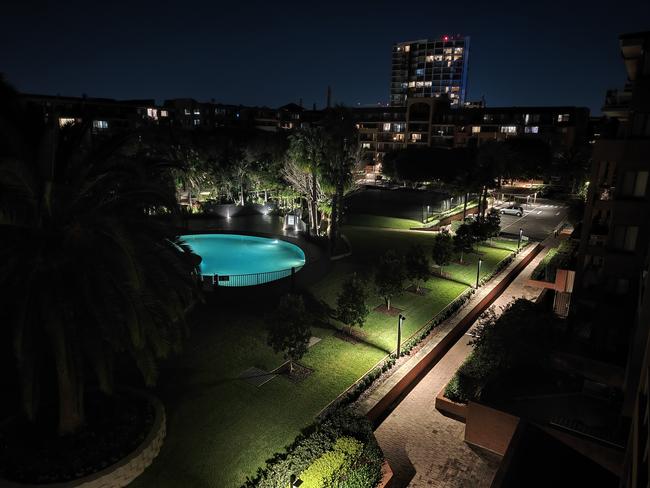
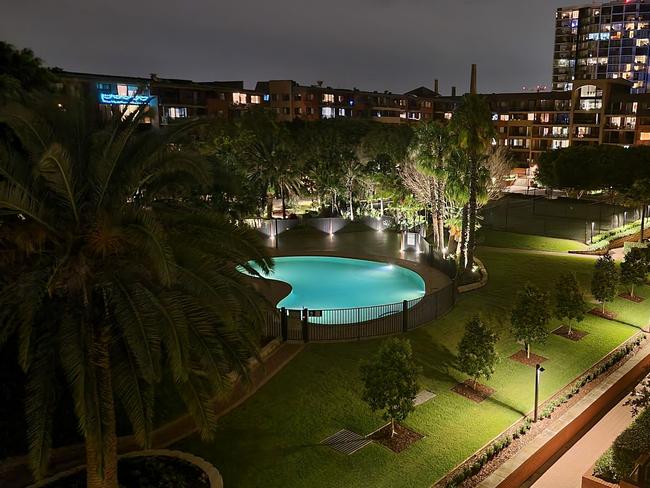
You can choose 10-bit colour for images and video to increase the variety of colour options and the camera supports RAW photography.
This is a very good phone offering great features, long battery life, and it’s very speedy with a very fast processor.
However, I would rate the Samsung Galaxy S21 Ultra 5G as the better phone in terms of its camera capability and sheer volume of options if it came down to the wire.
The Oppo Find X3 Pro 5G comes in gloss black and blue. While this phone costs $1699, you can buy cheaper versions: The Find X3 Neo 5G costs $1199 and the Find X3 Lite 5G is $749. They are also available from Thursday.

